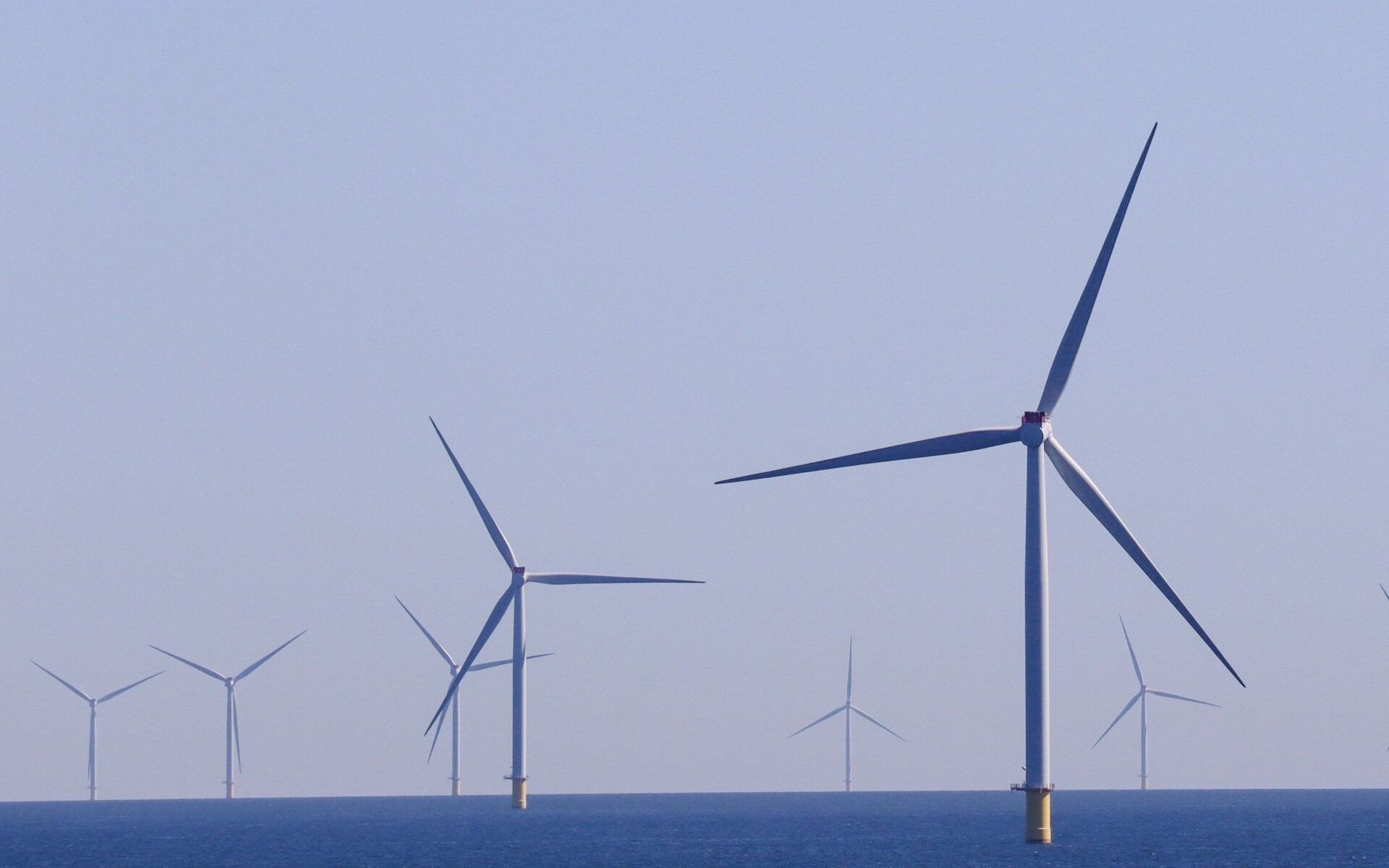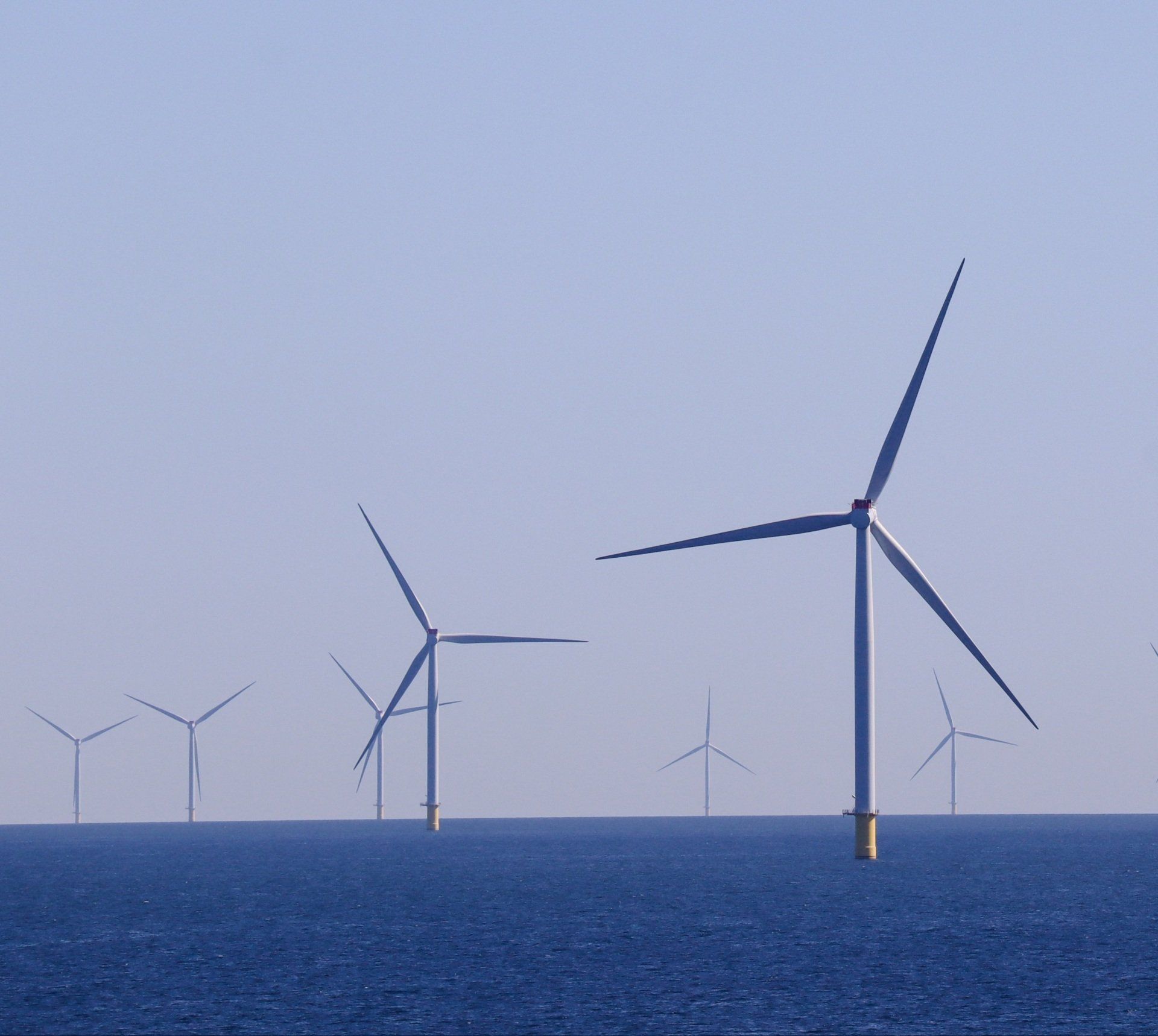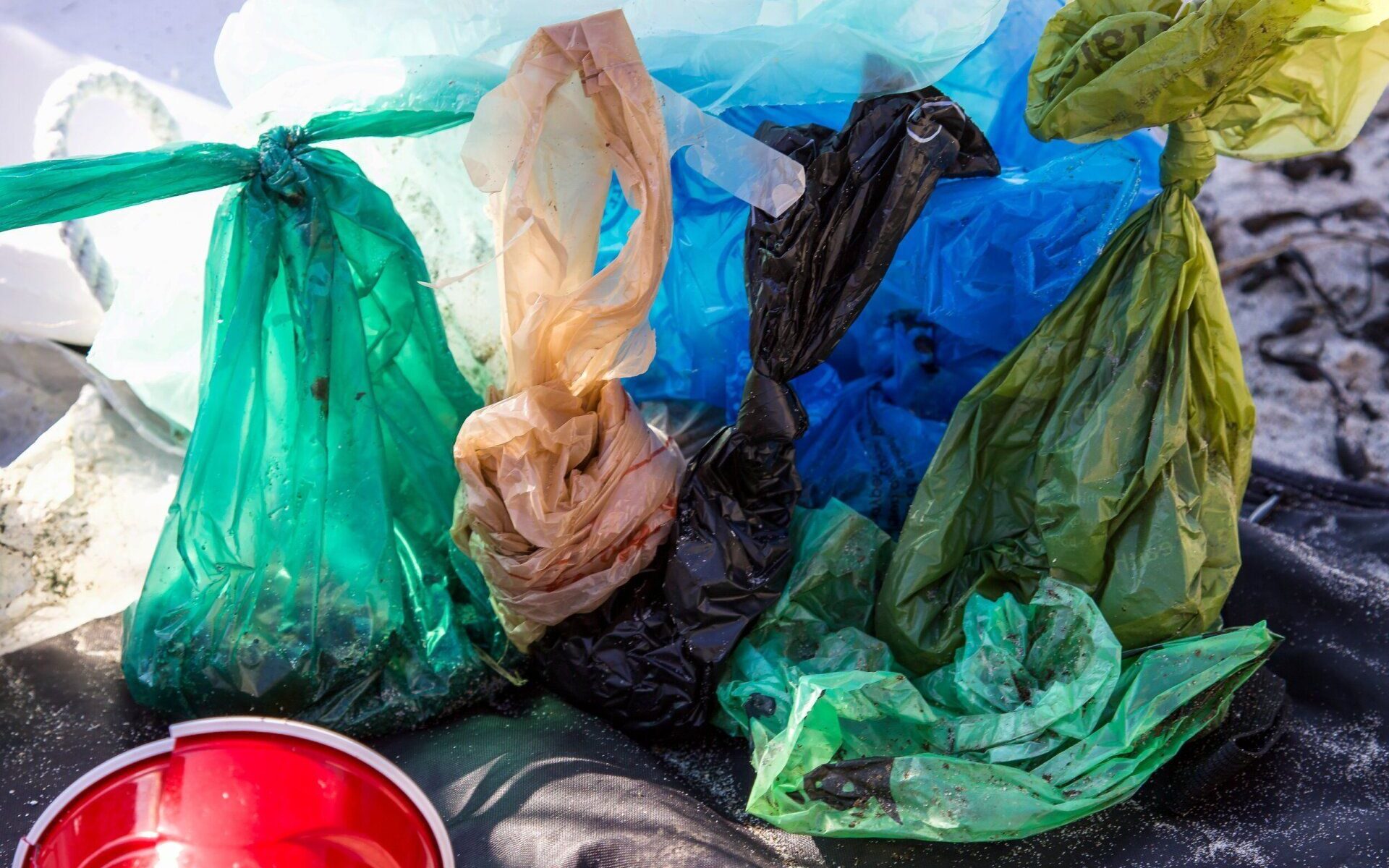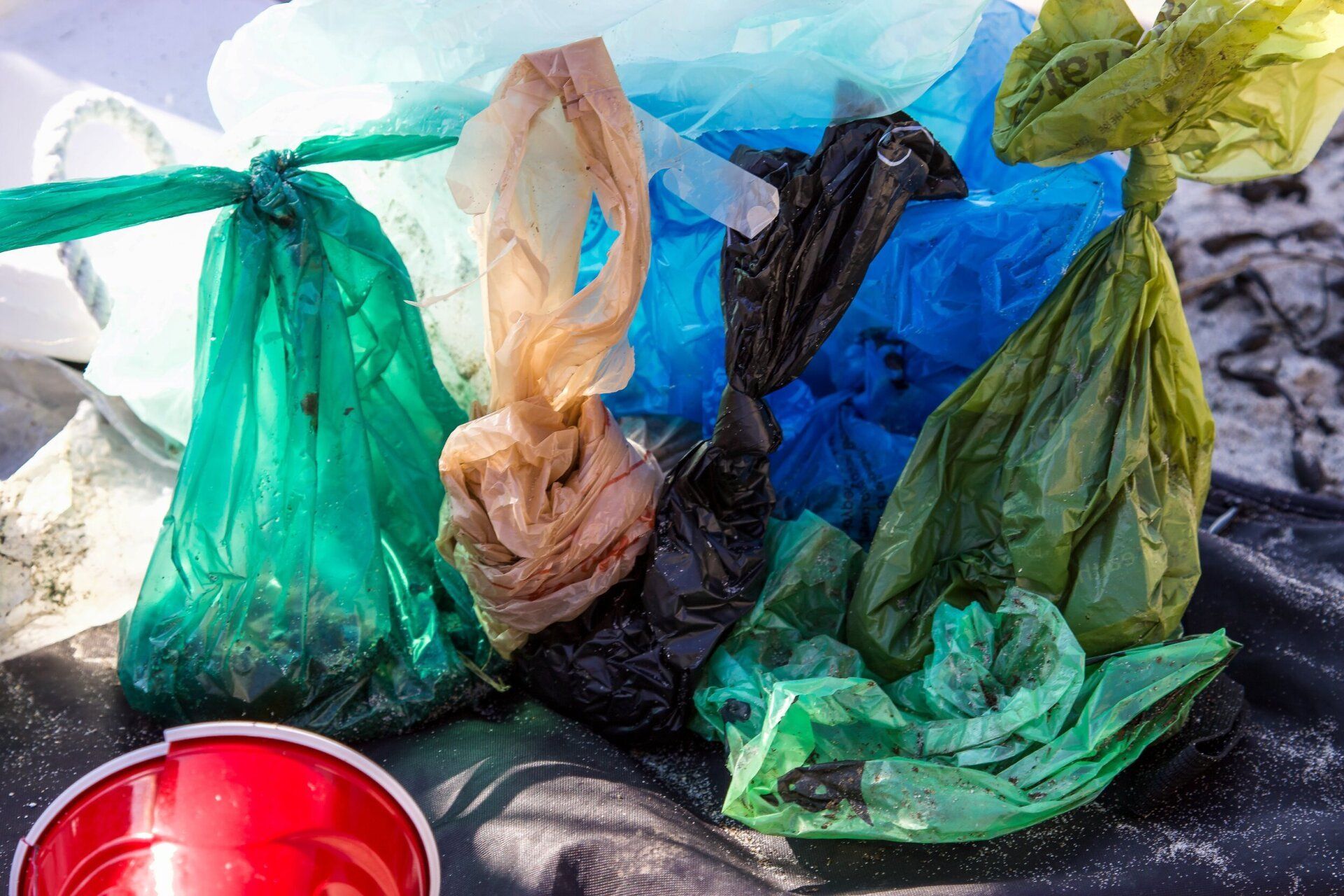EcoPerspectives Blog
Changing Tides: Threats to Public Ownership of Small Community Water Systems
By Dante DeNault, Staff Editor for the Vermont Journal of Environmental Law
May 2, 2023
The Safe Drinking Water Act (SDWA) expressly regulates public water systems (including community water systems) by imposing national drinking water regulations to ensure public health and safety. Public water systems are defined as systems that provide “water for human consumption through pipes or other constructed conveyances, if such a system has at least fifteen service connections or regularly serves at least twenty-five individuals.” In exclusively defining public water systems, it follows that those systems falling outside the definition are implicitly exempt from regulation under the SDWA. According to Environmental Protection Agency (EPA), regulated public water systems “provide drinking water to 90% of Americans.” Community water systems, a type of public water system, are defined as systems that supply water to the same people year round. Importantly, they include very small and small systems, which account for the majority of all health violations.
Ownership of community water systems has varied over time; swinging from predominantly private ownership in the 19th century to prevailing public ownership in the 20th and 21st centuries. Today, about 80% of community water systems are owned by a local public utility whereas private utilities own 10%. Private utilities have varying ownership structures including nonprofit organizations, ancillary companies, and for-profit companies (including those publicly traded companies). Reports reveal that the trend towards public ownership, often by municipalization, continues to rise. Despite the trend towards public ownership, privatization is concentrated in a few states. “In 25 states, private water companies serve less than 10% of the population, while 4 states have private water companies serving more than 35% of the population.” When examining Pennsylvania, a state with the highest number of private water utility companies, the trend towards privatization emerged within the last decade. This is a particularly concerning trend to see develop, especially when it is hidden by the overall national trend to public ownership.
While public ownership continues to rise, a cascade of consequences is piling up, threatening municipal ownership of small community water systems. These threats are compelled by two converging crisesaging infrastructure and deferred federal funding. EPA estimates that utilities will need $472.6 billion over the next 20 years to repair and maintain existing water infrastructure. Despite the necessity for funding public health projects, “the federal government’s share of capital spending in the water sector fell from 63% in 1977 to 9% of total capital spending in 2017.” It should be no surprise that the United States received a C- on the 2021 Report Card for America’s Drinking Water Infrastructure. Additionally, the American Society of Civil Engineers graded American drinking water infrastructure and wastewater infrastructure at a D and D+ respectively. Ultimately, the wide majority of these vital costs will unfortunately become the consumer’s responsibility, “potentially tripling the current cost of water and sewer service for U.S. households.”
When the cost of infrastructure increasesrates risecausing unaffordable water bills. Water bills have become so expensive that the rising cost of water continues to outpace inflation. This is particularly egregious when viewed in light of historical and present issues like rural population decline and the historic divestment in low income and BIPOC communities. In the past, the federal government funded drinking water infrastructure projects through construction grants. Presently, the federal government encourages loans through the state revolving fund, which is criticized as being inequitable and unaffordable for small, cash-strapped localities. The switch from grants to loans shifted the costs of infrastructure improvements to municipalities, rather than the federal government who funded the construction of community water systems. Communities had to utilize methods of repayment, like water bill revenue or municipal taxes, to repay the loans. Coupled with the catastrophic climate change impacts on water and on water utilities, adaptation actions must be factored into the future costs of construction and maintenance.
The cumulative impacts of aging infrastructure, deferred federal funding, lack of grants, rising water rates, population decline, historic divestment, and climate change will continue to pave the way for private ownership of underfunded rural community water systems. Privatization can be avoided if the federal government changes course by increasing appropriations to grant municipalities the cash they need to fund construction and maintenance projects of community water systems. Without a massive federal infusion of cash, America’s drinking water infrastructure will continue to deteriorate; thus, recklessly putting the public in harm’s way.

















